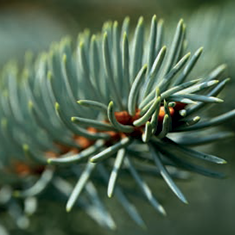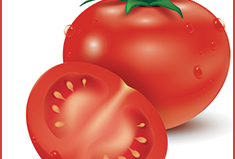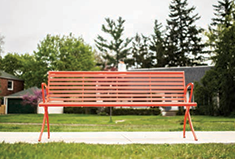The Colorado Blue Spruce
By Kerry Lark & Owen Tree
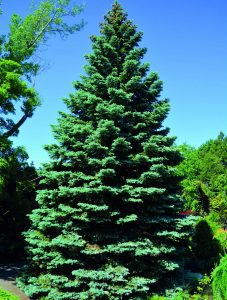 Branch Dieback In
Branch Dieback In
The “Colorado” Blue Spruce is native to the Western U.S.A. and Canada, and is widely planted in many states including Michigan. This popular tree is valued for its silver-blue foliage and pyramidal form. So popular, in fact, that years ago Utah decided to designate the “Colorado” blue spruce as its first official State Tree.
It did so six years before neighboring Colorado picked the “Colorado” blue spruce as its official State Tree! For 80 years, the “Colorado” blue spruce was the official State tree for both states until Utah finally replaced it with the Quaking Aspen in 2014.
All trees are subject to insect, disease and environmental issues. That’s just nature’s way. Blue spruces are known to suffer from many disease, insect and environmental issues. Unfortunately, these maladies frequently lead to the partial or complete death of branches. Branch dieback can occur anywhere in the spruce tree canopy, but many times it will start in the lower part of the tree.
What are the major causes of branch dieback in our beloved blue spruces?
DISEASE ISSUES: Michigan’s hot, humid summer climate creates an ideal breeding ground for 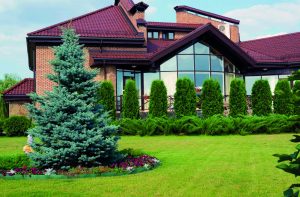 the growth of several types of fungi that attack spruces, causing disfigurement and dieback. Success in remedying fungal outbreaks depends on factors such as the type of fungus and severity of infection.
the growth of several types of fungi that attack spruces, causing disfigurement and dieback. Success in remedying fungal outbreaks depends on factors such as the type of fungus and severity of infection.
INSECT ISSUES: Insects and spider mites can cause damage to blue spruces. Treatments for insect infestations also vary in terms of successful long-term outcomes.
ENVIRONMENTAL ISSUES: Over time, urban environmental issues may weaken blue spruces, limiting their ability to cope with attacks from diseases and insects. Common urban issues include: poorly drained soil, inadequate sun exposure, summer droughts and lawn sprinklers spraying water on the lower branches. Education and prevention are paramount in order to reduce these environmental threats.
If combined together, these three disease, insect and environmental issues will cause spruce branches to die, rendering your trees aesthetically unappealing. If the damage is severe enough, these blue spruce trees may eventually need to be replaced with a new tree.
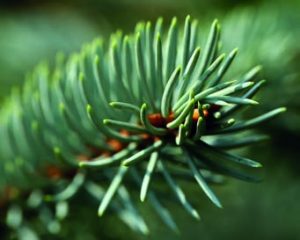 Unfortunately, the symptoms blue spruces display in response to attacks from these issues can ”mimic” each other. Mimicry can make correctly diagnosing tree problems challenging to the untrained eye. What should you do if you’re concerned about your blue spruces? Call a certified arborist from a quality tree care company that has the knowledge and experience to properly diagnose tree care problems and then provide the appropriate care.
Unfortunately, the symptoms blue spruces display in response to attacks from these issues can ”mimic” each other. Mimicry can make correctly diagnosing tree problems challenging to the untrained eye. What should you do if you’re concerned about your blue spruces? Call a certified arborist from a quality tree care company that has the knowledge and experience to properly diagnose tree care problems and then provide the appropriate care.
THIS SPRING, GO OUTSIDE AND ASSESS AND APPRECIATE all your trees. Look at your landscape and consider adding diversity to our urban forests by planting new trees! Trees have a healing power and will make everyone feel more hopeful in 2021. Almost 200 years ago, the great poet and teacher Lucy Larcom summed this up best, when she said; “He who plants a tree plants hope!”

